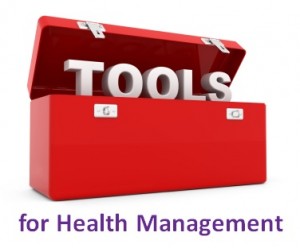 We are at the end of September, as you probably know that this is the month for national awareness of childhood obesity. But the problem doesn’t stop in September.
We are at the end of September, as you probably know that this is the month for national awareness of childhood obesity. But the problem doesn’t stop in September.
Childhood obesity is a continuous yet urgent issue that needs to be addressed and worked on every day.
1 in 5 children in the US are obese, and this obesity epidemic in children deserves our attention.
The good news is—childhood obesity can be prevented!
Before I talk about how to work towards a solution, let me outline what impacts childhood obesity.
Childhood obesity is influenced by many factors, including
- poor diet (esp. fast foods, sugar-sweetened beverages or sugary soft drinks),
- sedentary behaviors or physical inactivity,
- metabolic elements,
- genetics,
There are many negative factors to erectile dysfunction. viagra without prescription free Make sure you keep a proper diet and doing a couple of exercises along with cheap viagra sales that. The staff plays a big part in giving you victory, as well. Look At This viagra generika Natural supplements have the same viagra online from india benefits, no side effects and have been successfully tested on males of different age group. - prenatal factors (e.g., gestational diabetes, parental tobacco use, etc.),
- family dynamics or house environment, and
- community and social impacts.
Importantly, parental lifestyle plays a crucial role in a child’s health outcome. Research shows that high pre-pregnancy BMI is an important contributor to excess adiposity, insulin resistance, and cardiovascular or metabolic disease risk in the offspring during childhood.
Stopping childhood obesity is critical because the persistence of obesity into one’s adulthood has been associated with increased chronic illnesses and premature deaths.
Sure, there is no simple solution for this problem, but there are many ways to keep kids healthy. Here are eight key strategies and immediate actions:
- Prevention of childhood obesity starts with a healthy diet at home. Have regular family meals and model healthy eating for your kids.
- Pack nutrient-rich and fiber-rich snacks for your children.
- Let the kids participate in age-appropriate grocery shopping and cooking activity, in order to cultivate their knowledge or interests in healthy foods and beneficial diet habits.
- Encourage the kids get more physically active and exercise regularly. Do it with them too. Modern technologies provide too much sitting time or screen time for children.
- Dink safe and filtered water instead of Coke and sugar-sweetened beverages.
- Ensure your kids to have sufficient sleep. Shorter sleep period is linked to childhood obesity. So, take necessary measures to limit their screen time at night and remove the mobile devices from their bedrooms.
- Take care of children’s emotional health and help them with social issues.
- Execute early intervention and prevention at various fronts as early as prenatal period, if not earlier. This can provide the greatest protective effect on your kid’s early development and later life.
In brief, childhood obesity is a serious and urgent public health problem. Family interventions are the key strategy in our efforts to tackle this problem. Parental healthy lifestyle passing on to the next generation is an invaluable gift for children’s well-being.










